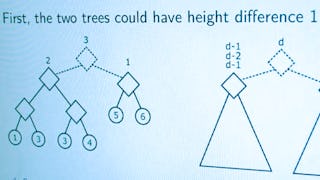Updated in May 2025.
This course now features Coursera Coach! A smarter way to learn with interactive, real-time conversations that help you test your knowledge, challenge assumptions, and deepen your understanding as you progress through the course. Dive into the world of concurrent and parallel programming with this detailed course designed for Python developers. Begin with threading, learning how to create and manage threads, and progress to building complex systems with threading classes. Explore practical projects like creating a Wikipedia reader and a Yahoo Finance reader, mastering the use of queues, schedulers, and database integration. Advance to multiprocessing, understanding how to leverage multiple CPU cores for enhanced performance. Learn to implement multiprocessing queues and pools, handle multiple arguments, and optimize CPU-intensive tasks. Finally, delve into asynchronous programming, mastering async tasks, timeouts, and libraries. Combine asynchronous and multiprocessing techniques for robust and scalable applications. This course provides a thorough understanding of concurrent and parallel programming, preparing you to tackle real-world challenges and optimize your Python applications for performance and efficiency. This course is ideal for Python developers, software engineers, and data scientists who want to enhance their skills in concurrent and parallel programming. A basic understanding of Python is recommended.

















